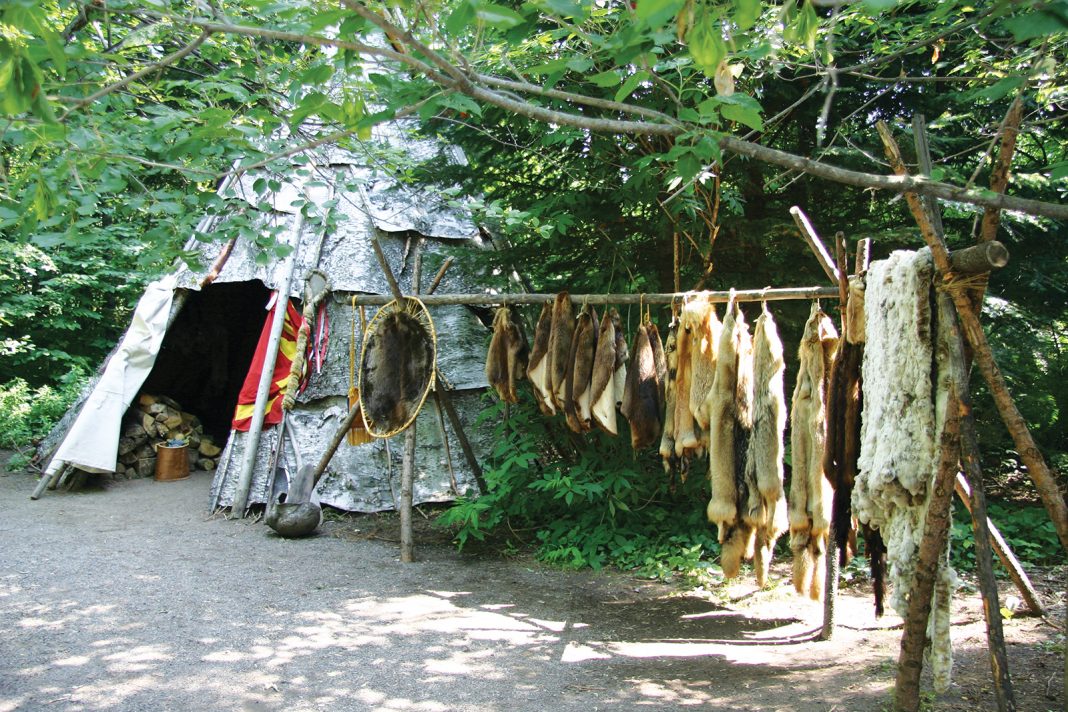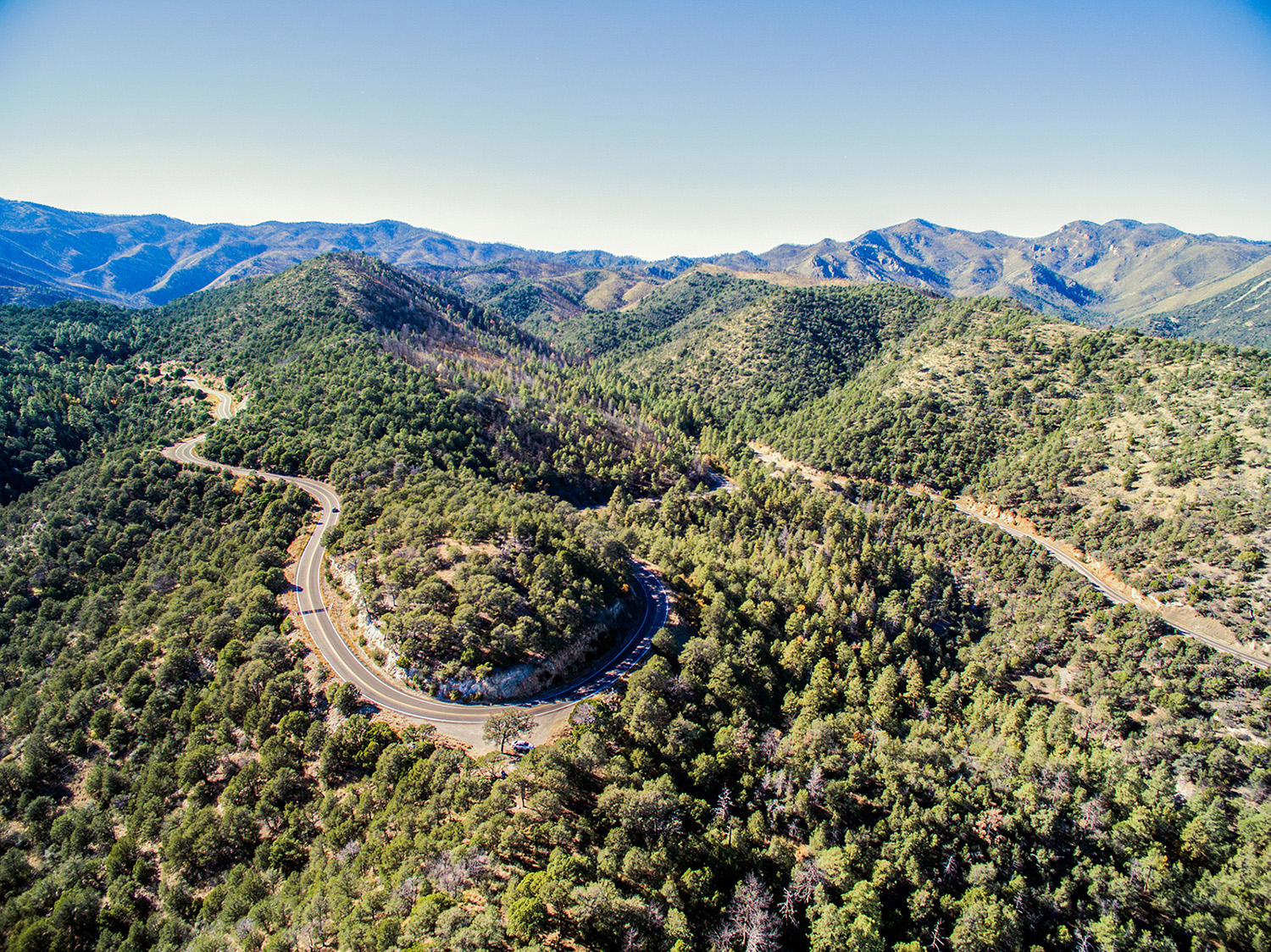Story by James Stoness
It was the tremendous demand in Europe for furs that led to the rapid exploration of North America. A felt top hat was all the rage in style for the gentlemen. It was made using the fur of the beaver, an animal that lived wherever the water flowed and they could make a dam, and that included a major portion of North America.
European countries were displaying a huge interest in the landmass of North America. Their explorers were searching for a way to the Orient, in the shortest way possible. Naturally, they were not averse to doing a few searches for treasure along the way. After all, they were expending large quantities of cash to fund the ships they sent out.
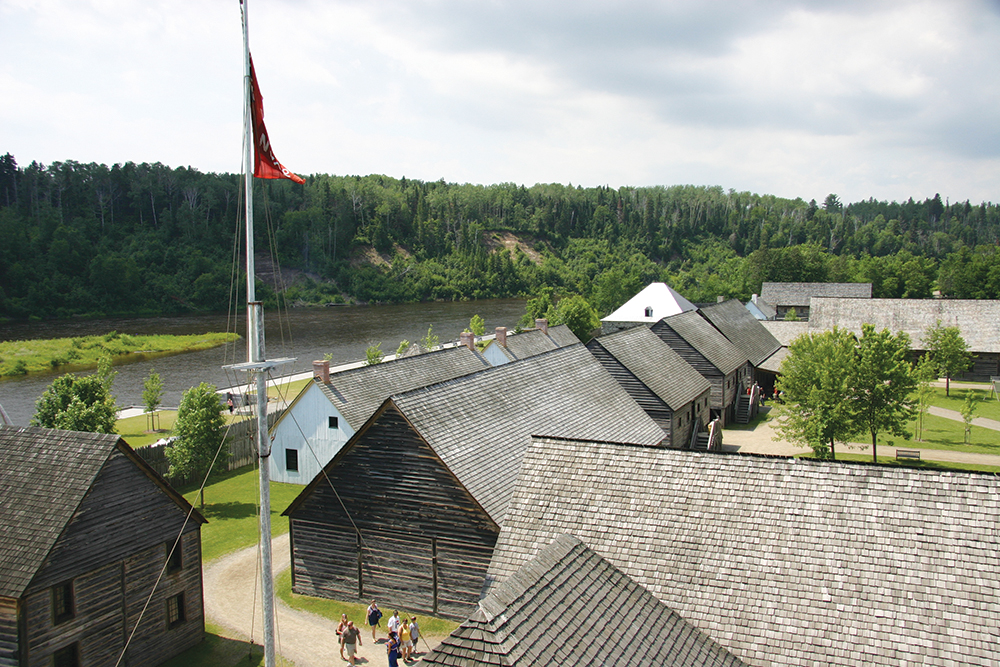
Jacques Cartier was sent by the King of France to explore North America. On his second trip in 1535 he entered the St. Lawrence River. The King had heard rumours of great riches, so his orders included searching the shores and the islands for gold and silver. Cartier sailed up the river to Stadacona, future site of Quebec City. He then continued up the river to Hochelaga, now Montreal, where his trip was blocked by the rapids. His interest peaked again when the Indigenous Peoples told him of three big lakes and lots of treasure, but he never got to make the trip.
Cartier began to look at the treasure right under his feet. He had spotted large quantities of perfect animal skins, and surmised there could be a lucrative trade with the Indigenous Peoples. A few years later, a trading post developed at Tadoussac, now a pleasant town to visit along the St. Lawrence River.
In the early 1600’s Samuel de Champlain spearheaded several some of the first explorations into the heart of the continent. One of these took him up the Ottawa River, over to Georgian Bay, and back through the lakes and streams that now make up the Trent Canal, into Lake Ontario. Along the way he lost his astrolabe, used as an early GPS. It was found 254 years later, and now rests in the Canadian Museum of Civilization.

Now the first trade was beginning to show them that furs were the real treasure. Many men became trappers, and some traded with the Indigenous Peoples. All the furs had to return to Montreal to be shipped to Europe. Conflicts between rival traders were frequent, and in 1783 the North West Company formed to send out traders, build trading posts in the wilderness and make sure the furs got back to them, and were not stolen by the Hudson Bay Company. Eventually their trading area extended to the Arctic and the Pacific Oceans including Oregon, Washington and Idaho.
Around 1805 they had built a wilderness headquarters at Fort William, near present day Thunder Bay, Ont. Now, resurrected just for your enjoyment is a new Fort William Historical Park to portray the activities associated with the fur trade. There are 42 buildings and the staff dressed in period costumes bring to you historical events. They are so good that as you spend your time at the Fort, you will think the real thing is happening right now.
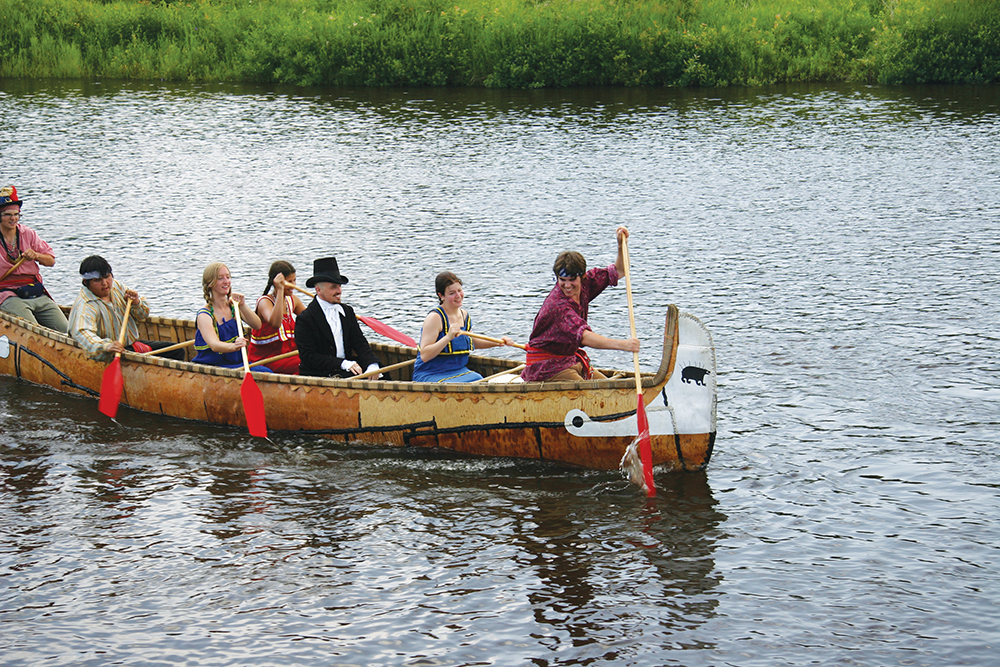
These actors are the history in action, and they talk, and act in the mannerisms of those long ago years. Watch yourself when a couple of the fur traders get into a serious yelling match, and likely one, or both, of them will be dragged off the goal (jail) to sober up.
The people are not all uncouth, rough folk, many people walk about in their high ‘top hats’ and their long coats, looking as if they just arrived out of a scene from Scrooge’s England, although these were Frenchmen.
You’ll feel the full impact of being transported into the past if you happen to be standing on the wharf when a canoe appears at the bend carrying an important dignitary. When they are out in front there is a earsplitting gun salute, and as the smoke plumes from the guns float away, the canoe stops. This fellow must be some important gentleman of the firm because his feet are not allowed to touch water. Complete in top hat and coat, he is carried from the canoe, and up the slope to firm land. Now, that’s service!

Fort William Historical Park is in a new location due to the fact that the original location is now in the midst of a commercial area. The new site is on a long curve of the Kaministiquia River, on a 91 hectare site which gives lots of space for the 42 buildings, the visitor centre and the parking lot.
A lot of visitors came to the fort, Indian trappers, and French fur traders, the Voyageurs who were the paddlers and carried the bundles on the portages, as well as those who were in charge of running the business of the fur trade.
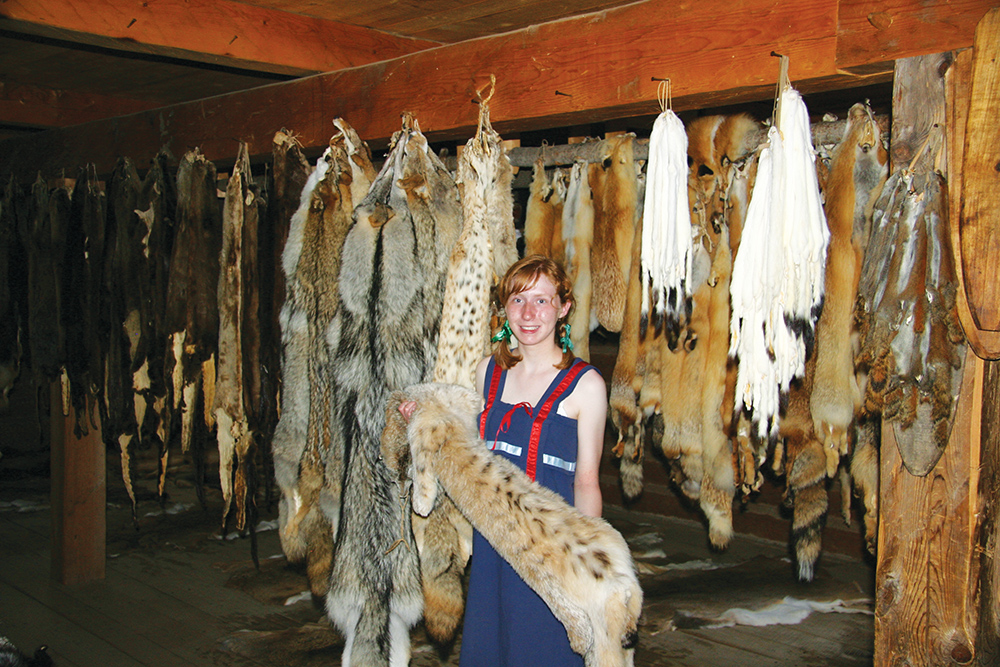 The fort was like a small town, and very valuable to the fur traders, and the Indigenous Peoples. The fort had the necessary people to repair broken equipment, and also had a big store of weapons and powder. Some of the rooms were used to prepare the furs which were rebundled into 90 pound packages, a handy size for carrying.
The fort was like a small town, and very valuable to the fur traders, and the Indigenous Peoples. The fort had the necessary people to repair broken equipment, and also had a big store of weapons and powder. Some of the rooms were used to prepare the furs which were rebundled into 90 pound packages, a handy size for carrying.
Outside the walls of the fort were the camps of the Voyageurs. Only the guides and the interpreters were to permitted to stay in the fort. The Voyageurs were rough and hardy men who worked hard, and often quarrelled hard. They didn’t bathe often, and everyone was happy to see them camping outside.
The Ojibwa had an encampment outside the walls and you will pass through their camp on your way to the fort entrance. It gives you a chance to look closely at the wigwams and see how skilfully they were able to make a snug, weather proof structure just using poles, and a birch bark cover. This same birch bark was used to cover the frames of their canoes. You will likely see baskets being made by sewing pieces of bark together, using an awl and spruce roots for the thread.
If you arrive at the right time you can sample some of their traditional food. It’s a fur trading post, and here in the Indian camp, you will see some very nice furs stretched on the racks.
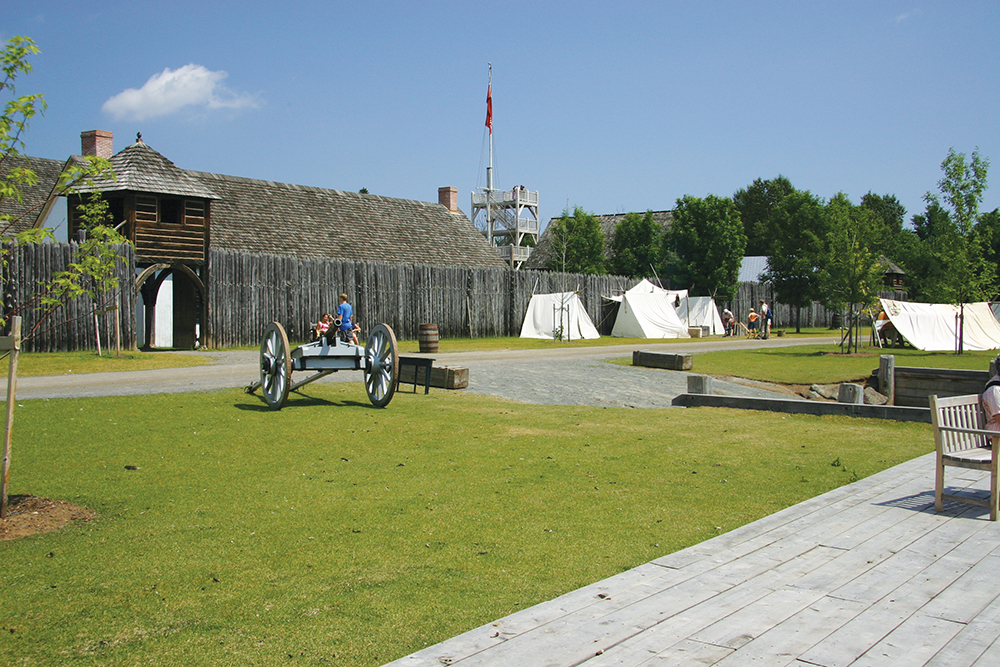
If it hadn’t been for the indigenous people, opening up the north and west would have been much more difficult than it was. Their skill in the use of the canoe, and their knowledge of the land gets a lot of credit in the ‘discovery’ of Canada. They used the fort to collect their fees for guiding, or trapping, and for many other forms of assistance that they gave the traders. They could also bring in their own trapped furs, and buy items at the store.
Canoes were the trucks of that era and were one of the most important items of the trader. Inside the fort you can visit a large building where they repaired the canoes. An upclose look at them reveals the expert craftsmanship that went into their construction. The result was a huge work canoe, that was relatively light, which was important considering the large number of portages they would make on a trip.
Just don’t sign up to join a crew! You had to paddle in perfect synchronization, and you couldn’t rest a while and get away with it. Oh, then there were the portages where you had to throw a 90 pound pack on your back and fight the mosquitoes and black flies as you stumbled over the rugged portages. You were supposed to be able to carry two of the packs, and a third one if you were able.
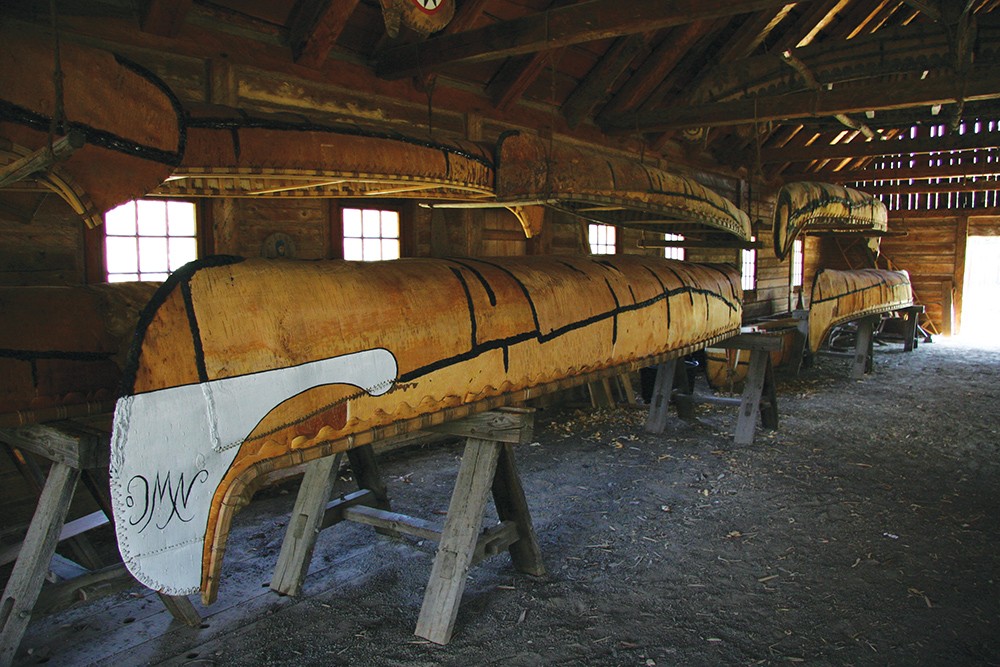 The fort was the centre of civilization in the wilderness. As you travel through some of the homes used by the upper class you will find them very liveable, almost modern. Look at the panelled walls, or the ceilings. Many new homes would look great if they used these. Their tables and chairs were beautiful. See the table all set out for a fancy supper and you will see that they suffered no inconveniences in their life, other that being a long ways from home. Central heating was non-existent, but the large fireplaces made the homes comfortable as long as they were kept with roaring fires.
The fort was the centre of civilization in the wilderness. As you travel through some of the homes used by the upper class you will find them very liveable, almost modern. Look at the panelled walls, or the ceilings. Many new homes would look great if they used these. Their tables and chairs were beautiful. See the table all set out for a fancy supper and you will see that they suffered no inconveniences in their life, other that being a long ways from home. Central heating was non-existent, but the large fireplaces made the homes comfortable as long as they were kept with roaring fires.
Once you enter the main gate you begin to see why this fort was so important to the North West Company. There are buildings for all sorts of jobs. The fort was the meeting centre for east and west. Here the men built or repaired tools, furniture, canoes, and buildings. It also was a place where employees of the company would rest and get their provisions if they were soon leaving. It was a protective fort in case of attack from rival fur traders, and it was a place where the Indigenous Peoples could trade furs for metal axes, knives and blankets. It was also the party headquarters for those of high enough social standing to get inside the walls.
In a fur trading post there will be furs. Furs come in and in the fort they are graded, and cleaned, dried, and packed into 90 pound bundles. To do this they place them together in a press with a large screw that pushes down to compress them. Then they are bound up to hold them tight. In 1806 more than 77,000 beaver pelts arrived at the fort, along with many pelts of otter, mink, weasel, and mountain lions.
The voyageurs had to carry one, more often two of these heavy packages across the rough portages. These men didn’t have a long life. Drowning and bad health, and fights, often ended their lives too soon.
At the fort there was lots of work for everyone. All of the furs were carried by canoe to Montreal, and on the way back, they had a heavy load of supplies. The making of the wooden cask was one of the truly important functions of the Cooper shop. The casks were important in the transportation of foods such as pork, beef and other edibles. They were also filled with gunpowder, and liquors. The Cooper’s shop made upwards of 200 casks in a good year.
 Every year the fort was the scene of a great celebration or party. It was known as the Great Rendezvous. Here would come important members of the company for the annual meeting. It was important for them to view in person what was happening. It was better than being in Montreal and getting second hand reports. They analysed their expenses, and income, and discussed problems.
Every year the fort was the scene of a great celebration or party. It was known as the Great Rendezvous. Here would come important members of the company for the annual meeting. It was important for them to view in person what was happening. It was better than being in Montreal and getting second hand reports. They analysed their expenses, and income, and discussed problems.
Hundreds of people swarmed around them both inside and outside the fort’s walls. Inside the fort the really important people went to the Great Hall to eat, and dance to the fiddlers’ music, accompanied by the fifes and bagpipes. If you want to see this big party, it is in July and the period costumed actors will be doing their finest work.
There is a campground near the banks of the Kaministiquia River with serviced and non-serviced sites. It’s in a perfect location to be a base while you drive to Kakabeka Falls in Kakabeka Falls Provincial Park. There is a fine walking trail to the falls which is quite picturesque as its magnificent flow dashes over the brink to fall 40 metres into its plunge pool in the gorge. The fort’s campground is also close to Thunder Bay if you wanted to go shopping.
Rebuilding Fort William took a lot of work, and much painstaking care as they tried to exactly reproduce the past. Its wilderness atmosphere is just the icing on the visit to the historic park. It’s a perfect spot to rest on a long trip across Canada, from the west, or the east. Look it up, stop and enjoy it. Sampling our history is a great way to appreciate the present.
For More Information:
Fort William Historical Park http://fwhp.ca/
Kakabeka Falls Provincial Park https://www.ontarioparks.com/park/kakabekafalls
RV Lifestyle Magazine’s Travel Editor, James Stoness, is the author of ‘Touring North America’, a series of travel guides on CD and online to help you plan your trips across North America, as well as a series of novels. Visit his website to read his novels and travel guides – https://stonessrvtravel.com/



















